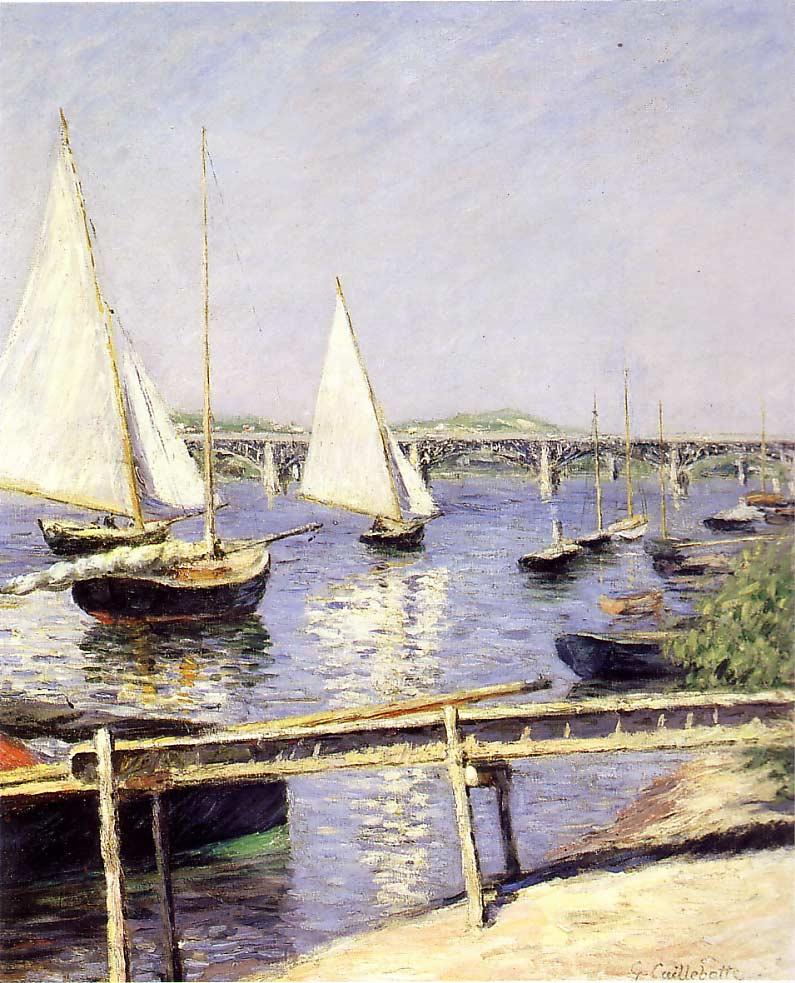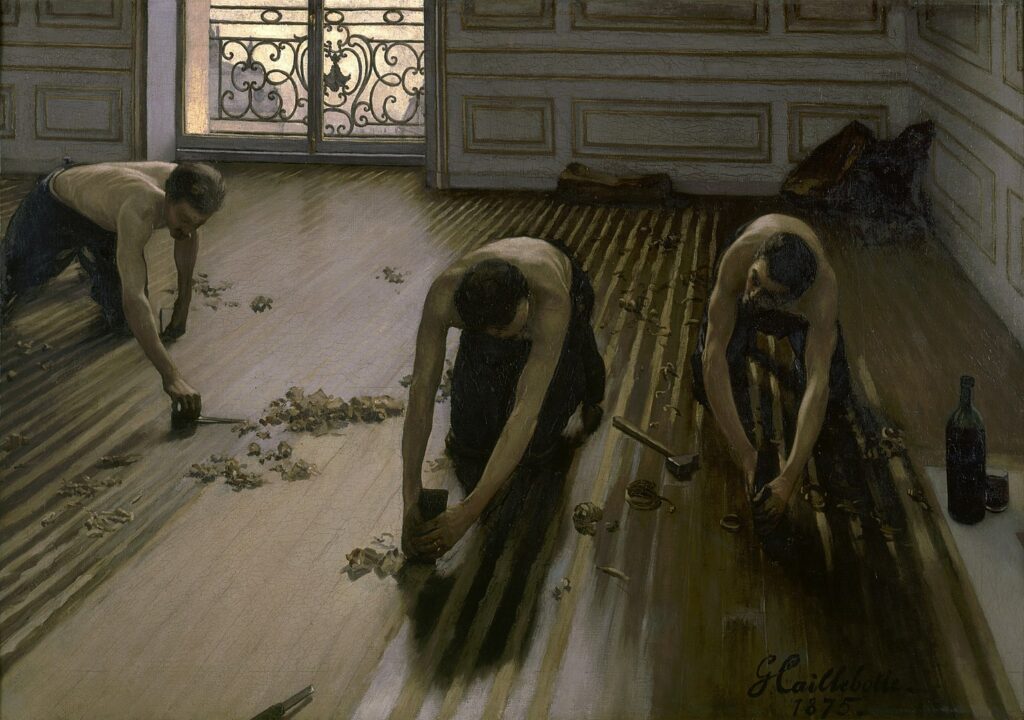The Home of Gustave Caillebotte
All who have enjoyed a visit to the Musée d’Orsay to admire the museum’s collection of Impressionist paintings are in debt to one painter in particular. Indeed, the heart of this collection was bequeathed to the French State by an artist whose works are also on display—Gustave Caillebotte.
Painter himself, he was also the first to collect paintings by the Impressionists, beginning with Monet and others in 1875. Below are two of his paintings that now hang in the Musée d’Orsay.


A short distance from Paris one can visit the country estate of the Caillebotte family. It is there that the young Gustave spent his summers and where he would later live for a time. Many of his paintings feature scenes from the park and the river that runs along it.
The first in our series on Day Trips from Paris, Vendôme Circle invites its readers to explore the house and park of the onetime home of the painter, collector and benefactor to the most notable Impressionist painters.

The ‘Casin italien’ or the house that would become a home to the Caillebotte family was built in 1830 by Pierre Frédéric Borrel, chef of the restaurant Au Rocher de Cancale—which was situated opposite the restaurant of the same name that exists today. For thirty years the restaurant maintained a cuisine at a very high level, but it was unable to compete with the large number of restaurants that opened under the liberal reign of Louis-Philippe. It closed its doors in 1846.
Nonetheless, the restaurant’s flourishing enabled Borrel to purchase land in Yerres and build the house that we can see today. Built in an Italianate style with a Neo-Palladian colonnade, it was referred to as the Casin italien, after the Italian term casino di caccia which designates a country house or hunting lodge.

The interiors of the house have been restored and refurnished as they were in Gustave’s lifetime.




The Empire-style furniture on display today is original to the house. It was made by Martin-Guillaume Biennais whose widow lived here after Borrel. Biennais (1764-1843) was a silversmith and cabinet maker who became one of the primary purveyors to the Imperial Court. The bed remained in place until 1962 when it was sold. The town of Yerres purchased it and placed it back in the bedroom.









The centre of Yerres is charming and includes the remains of the 15th-century Château Budé, which has now become an apartment building.




